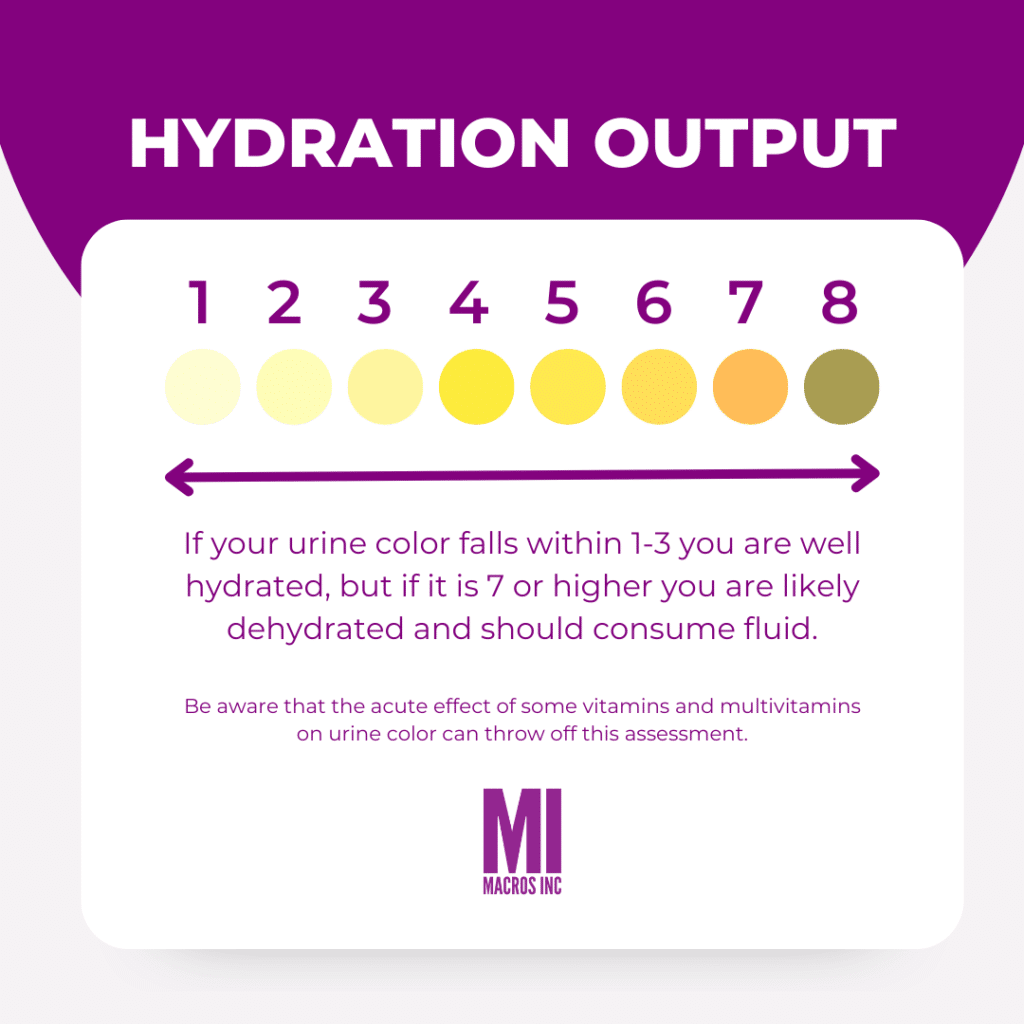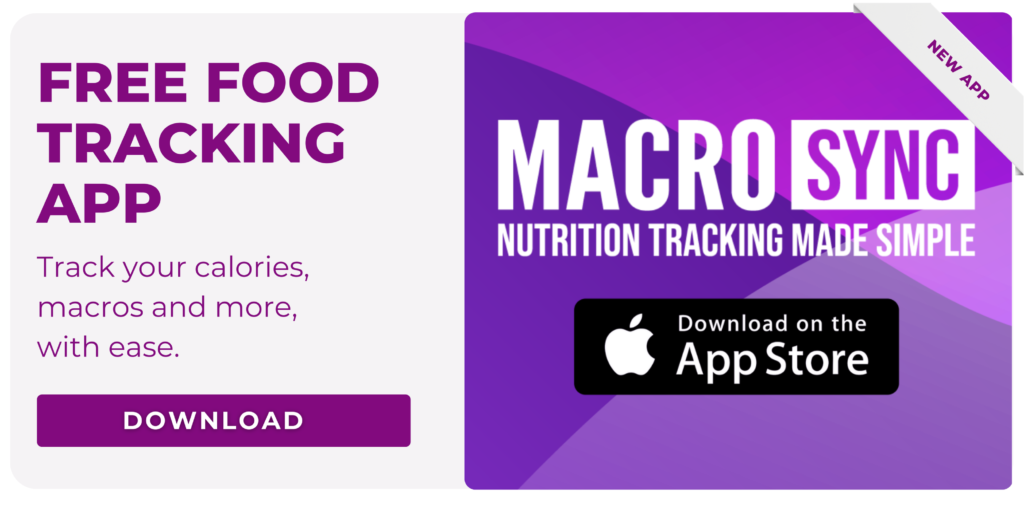Anyone who’s tried dieting before will likely know the struggle of food cravings. However, cravings aren’t just associated with dieting. Some may crave food when they’re bored or stressed, too.
The bottom line is that food cravings can be difficult to unpack, and many people feel upset or ashamed if they give in to cravings.
To help you overcome these feelings, let’s look at the psychology behind food cravings along with some potential coping mechanisms for dealing with them.
Jump to a Topic
What are Food Cravings?
Put simply, food cravings are strong desires for specific food. This will typically be sugary or high-fat food because these set off hormones in our brains related to pleasure. It’s very rare that you’ll find people craving healthy food, simply because it doesn’t give us the kick we associate with cravings.
Importantly, cravings are different to hunger. Hunger is the experience of our body needing fuel, which we typically link to nutritious food that’ll fill us up. When you’re hungry, you experience physical symptoms depending on your hunger level. These might include:
· An empty feeling
· Growling or grumbling stomach
· Lightheadedness
· Lack of energy
On the other hand, food cravings don’t really have any physical symptoms. This is because they’re more of a psychological feeling associated with our bodies wanting to eat a particular food rather than needing fuel.
For example, rather than your stomach grumbling or another physical symptom, a craving is often felt as a mental pull towards a type of food. You’ll think about eating it, rather than thinking about the need to eat. Although some cravings may carry physical symptoms, this often implies you’ve moved into addiction territory instead.
What Causes Food Cravings?
Working on the assumption that food cravings are primarily psychological, we can break the causes down into 5 categories:
1. External Factors
These are caused by things such as food ads. For example, you’re watching TV and see an advert for ice cream. Companies will use various marketing strategies to associate their product with positive feelings, so you crave the positive feeling you’re told will come with consuming their food.
Unsurprisingly, this is usually the case with unhealthy foods, as it’s not too common for healthy products to be sold in this way.
2. Internal Factors
These include emotional triggers, such as sadness, anger, boredom, and frustration. Negative emotions can trigger food cravings because sugary and fatty foods release dopamine, one of our brain’s happy hormones.
3. Environmental Factors
This is similar to the first point but is linked with our direct environment rather than things like advertising. For example, if you have a vending machine in the canteen at work, constantly walking past it or looking at it will increase your desire for the food it contains. Usually, it’ll be full of unhealthy food.
4. Poor Sleep
Not sleeping well can increase our desire for cravings because the quick sugar hit can give us a boost of energy. This obviously moves towards a physical factor, but it’s also psychological because of the dopamine hit.
5. Food Deprivation
The final factor is probably the most physical one. If you’re on a diet, for example, you may try to cut out sugary and fatty food. Doing so will kick your cravings into overdrive, but this is typically because your body is addicted to the feeling of eating these foods and the quick energy hits they provide.
Food Cravings and Conditioning
A 2020 study published by the National Library of Medicine found some interesting facts about food cravings. While short-term deprivation associated with dieting can increase food cravings, evidence points towards these cravings actually being psychological conditioning more so than physical addiction.
Importantly, it found that evidence linking food cravings and nutrient deficiency is very low. Rather, food cravings are often learnt behaviors caused by social, environmental, and mental factors. This means that food cravings can be unlearnt, provided you’re willing to commit to the process.
One of the biggest issues to overcome are the feelings associated with cravings. First are the pre-consumption feelings, such as desire or even stress/anxiety. Then there’s the brief positive spike that comes with consuming the craved food. Finally, there are potential feelings of shame or sadness after eating, especially if eating the food means you’ve possibly ruined a diet.
The best way to deal with these feelings is to deal with the craving itself. There are physical steps you can take, but a lot of the process will be learning psychological coping strategies or deflecting potentially harmful emotions until you’ve unlearnt them.
Strategies for Dealing with Cravings in a Healthy Way
So, how do you deal with cravings in a healthy way that isn’t just replacing them or giving in? The exact strategies you can try depend on what diet you’re following as well as the intensity of your cravings.
Below are some healthy management strategies. However, if you’re concerned that your cravings stray into addiction territory, make sure you speak to a dietician or healthcare provider for some more specific tips.
1. Focus on Your Lifestyle
This is obviously easier said than done, but aim to improve your sleep and reduce stress. You might find that in the early days of dealing with a craving, your sleep is affected. However, this might be because of a potential sugar addiction, for example.
If you find this happening, you’ll unfortunately just have to ride it out. After a week or two, you should find the feelings subside and, once they do, theoretically your sleep should be stronger and healthier.
As for dealing with stress, that ultimately depends on your job, home life, and many other factors. Where possible, aim to reduce stress at times when you’d often start craving, such as mid-afternoon or evening, so you don’t feel the need to jump on junk foods.
2. Stay Hydrated
You’d be amazed how often a food craving happens because you’re actually thirsty. What’s more, there are numerous studies linking water consumption to reduced appetite and weight loss. One reason is because water fills your stomach, and another is because it can (positively) reduce calorie absorption from food.
So, in short, make sure you drink enough throughout the day. If you feel a craving come on, drink a glass of water and wait 5 minutes. You should find your craving goes away.
Of course, you don’t just need to drink water, but be mindful of what else you drink. Try to avoid caffeine as much as possible, as this can disrupt sleep and become another addiction. Drink caffeine-free herbal tea instead, as this is a much healthier option.

3. Eat Enough Protein
As you may already know, protein is great for helping you feel fuller for longer. One study also found it can reduce cravings, mainly because of how full it makes you feel. Another study found that getting 25% of your daily calories from protein can reduce food cravings by 60%.
The type of protein you eat (and when) is important for this. Aim for lean protein where possible, and try to have a high-protein breakfast. Eggs are a good option for this, and you can make all kinds of breakfast dishes that contain eggs.
4. Make Sure You’re Meal Planning
Meal planning is an essential component of dieting, but it can be just as important for kicking food cravings. Knowing what you’re going to eat and when you’ll eat help to curb spontaneous eating.
Also, once you’re familiar with meal planning, you can adjust your macros and meal times to help deal with cravings. Often, you’ll find they happen at certain times of day, so planning your meals around this will make them more effective.

5. Remove Triggers
It won’t always be possible, but try to distance yourself from triggers. For example, if you feel a sweet craving coming on, do something to take your mind off it. This might be having a shower or going for a walk, or it could be doing a puzzle or crossword.
While this is a technique used in CBT, it’s basically just distracting yourself. Change your environment or switch your mind onto something that requires a bit of thinking, and you should find the craving goes away.
6. Chew Gum
Chewing gum can help reduce appetite and, by extension, food cravings. This is because the production of saliva caused by chewing gum can briefly trick your body into thinking you’ve eaten. You shouldn’t let this be your only coping strategy, but it can help in a pinch.
7. Snack Smart
Even the most accurate meal plans need some kind of snacking occasionally. There’s nothing wrong with snacking, provided it fits into your diet goals and you’re conscious of your macros.
Make sure your snacks are high in fiber and protein where possible, and ideally low in sugar and unhealthy fats. Some options include:
· Greek yogurt
· Nuts or seeds
· Popcorn
· Chopped carrots or celery
· Rice cakes or crispbreads
Final Thoughts
Food cravings are something almost all of us experience. Kicking them might be a challenge, but luckily it is doable. Make sure you’re mindful of this process, though, as you’ll need to concentrate on unlearning some behaviors and dealing with potentially negative emotions.
However, with a bit of commitment and planning, it’s possible to deal with food cravings in a healthy way and to overcome them for long-term benefits.
Try our nutrition coaching, for free!
Be the next success story. Over 30,000 have trusted Macros Inc to transform their health.
Simply fill out the form below to start your 14-day risk-free journey. Let's achieve your goals together!


